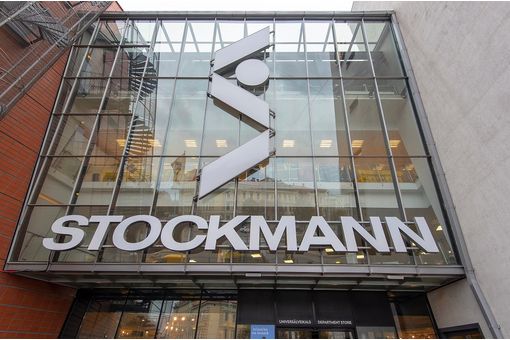WTO projects global trade rebound in 2024, 2025; downside risks exist

Insights
- The volume of world merchandise trade should rise by 2.6 per cent this year and by 3.3 per cent in 2025 after falling by 1.2 per cent last year, WTO economists recently projected.
- Inflationary pressures are expected to abate this year.
- Global GDP growth at market exchange rates will be mostly stable at 2.6 per cent in 2024 and 2.7 per cent in 2025.
However, regional conflicts, geopolitical tensions and economic policy uncertainty pose substantial downside risks to the forecast.
In the latest ‘Global Trade Outlook and Statistics’ report, the economists note that inflationary pressures are expected to abate this year, allowing real incomes to grow again—particularly in advanced economies—thus encouraging consumption of manufactured goods.
A recovery of demand for tradable goods this year is already evident, with indices of new export orders pointing to improving conditions for trade at the start of the year.
Merchandise exports of least developed countries (LDCs) are projected to grow at 2.7 per cent this year, down from 4.1 per cent last year, before growth accelerates to 4.2 per cent in 2025.
Meanwhile, imports by LDCs should grow at 6 per cent this year and 6.8 per cent next year following a 3.5-per cent contraction last year.
Import volumes last year were down in most regions but especially in Europe, where they fell sharply. The main exceptions were large fuel-exporting economies, whose imports were sustained by strong export revenues as energy prices remained high by historical standards.
World trade remained well above its pre-pandemic level throughout 2023. By the fourth quarter it was nearly unchanged compared to the same period in the 2022 and had only risen slightly compared to the same period in 2021.
The report estimates that global gross domestic product (GDP) growth at market exchange rates will remain mostly stable over the next two years at 2.6 per cent in 2024 and 2.7 per cent in 2025, after slowing to 2.7 per cent in 2023 from 3.1 per cent in 2022.
The contrast between the steady growth of real GDP and the slowdown in real merchandise trade volume is linked to inflationary pressures, which had a downward effect on consumption of trade-intensive goods, particularly in Europe and North America.
Geopolitical tensions and policy uncertainty could, however, limit the extent of the trade rebound, the WTO report cautions. It presents new data indicating that though geopolitical tensions have marginally affected trade patterns, they have not triggered a sustained trend toward de-globalisation.
If current projections hold, Africa's exports will grow faster than those of any other region this year, up by 5.3 per cent; this however is from a low base, since the continent's exports remained depressed after the COVID-19 pandemic.
The Commonwealth of Independent States (CIS) region's expected growth is just slightly below 5.3 per cent, also from a reduced base after the region's exports plunged following the war in Ukraine.
North America (3.6 per cent), the Middle East (3.5 per cent) and Asia (3.4 per cent) should all see moderate export growth, while South America is expected to grow slower, at 2.6 per cent.
European exports are once again expected to lag behind those of other regions, with growth of just 1.7 per cent.
Strong import volume growth of 5.6 per cent in Asia and 4.4 per cent in Africa should help prop up global demand for traded goods this year.
However, all other regions are expected to see below average import growth, including South America (2.7 per cent), the Middle East (1.2 per cent), North America (1 per cent), Europe (0.1 per cent) and the CIS region (minus 3.8 per cent).
Fibre2Fashion News Desk (DS)
































-Ltd..jpg?tr=w-120,h-60,c-at_max,cm-pad_resize,bg-ffffff)





.jpg?tr=w-120,h-60,c-at_max,cm-pad_resize,bg-ffffff)
.jpg?tr=w-120,h-60,c-at_max,cm-pad_resize,bg-ffffff)






